All about the Belavinka Swiss chard plant
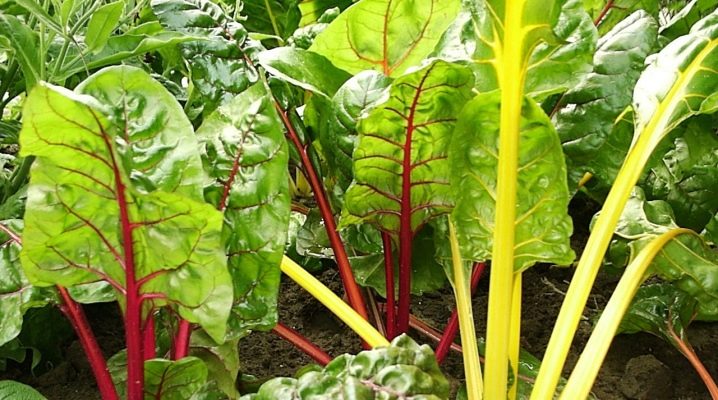
"Mangold" sounds very exotic, but everything is much simpler - it is a relative of ordinary beets. Only in his food they use not a root crop, but foliage and petioles. Chard "Belavinka" - according to gardeners, one of the most popular varieties of amazingly beautiful, tasty and healthy greens.
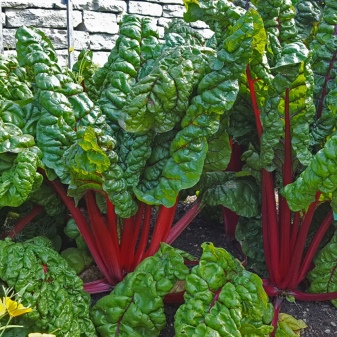

What is this plant?
Chard "Belavinka" is called a miracle greenery created by Soviet breeders. This variety was bred by employees of the All-Union Scientific Research Institute for Breeding and Seed Production of Vegetable Crops, and since 1988 it has been approved for distribution in the regions of Russia. He successfully took root, he was loved by both experienced vegetable growers and ordinary admirers of vegetable salads.
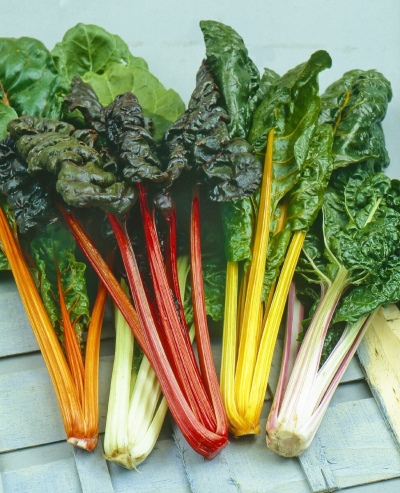
Belavinka (Vulgaris ssp) is an annual plant that looks like beets or rhubarb. It is used as a green salad. The most delicious in this plant is the petioles, the foliage is less tasty, but softer in texture. Swiss chard tastes like celery and rhubarb.
Belavinka differs from other varieties the juiciness of a thick stalk and relatively small leaves.
On thick fleshy stems, reaching a diameter of up to 8 mm, leaves are located, which in this variety can be up to 23 cm. The leaves have weak tubercles. Petioles are light, with a slight pinkish tinge. By the time of ripening, the root has an oblong shape, its size is no more than 10 cm.

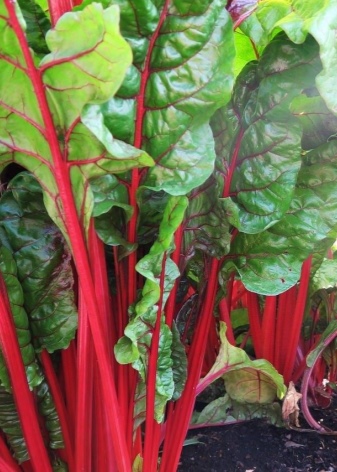
There is no anthocyanin in Belavinka, therefore the variety is popular with dieters and those who want to lose weight... Mangold is recommended to be used for diseases of the cardiovascular, bone, and digestive systems.
It strengthens the immune system, lowers blood pressure, promotes the elimination of excess fluid and toxins, improves brain activity, and is a prophylactic agent to prevent the development of cancer.
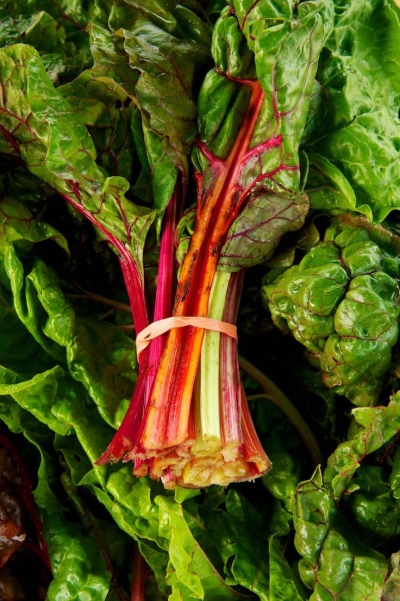
Those gardeners who do not like chard use the extraordinary riot of colors of the plant to decorate the site. It is often used in alpine slides. Combinations of this plant with marigolds, viola, nasturtium, lobelia are very beautiful.
And in comparison with flowers, chard wins: the flowers wither, and it is enough to pick the dried greens of "Belavinka" - and it is fresh and impeccably beautiful again.
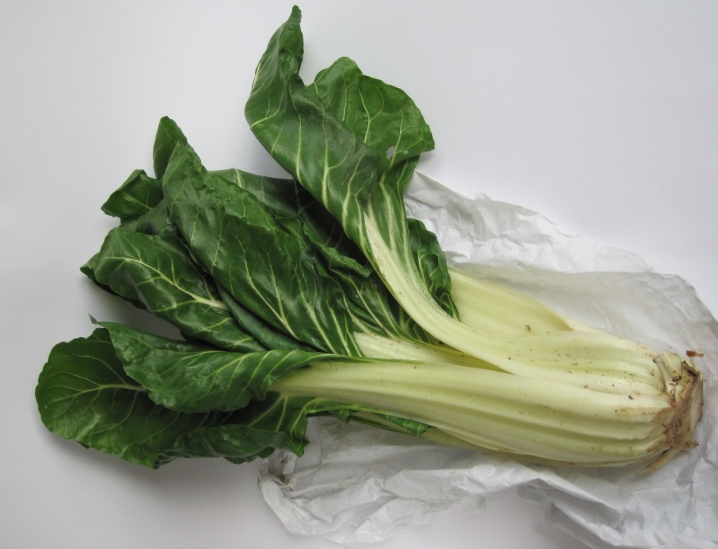
Landing
Chard is grown both by seedlings and by sowing seeds in open ground. The crop of a plant planted with seed in the ground will have to be harvested approximately 4 weeks later than that of a seedling plant.
In regions with a long winter period, it is recommended to use seedlings. Sowing is carried out at the very end of March or in the first days of April. You need to sow sparsely. Covering the soil with the sown seeds with a film, the container should be placed in a ventilated, well-lit place with an optimally favorable temperature (up to +15 degrees). After 3-5 days, the first shoots appear, which must be thinned out, leaving gaps between the plants up to 7 centimeters.
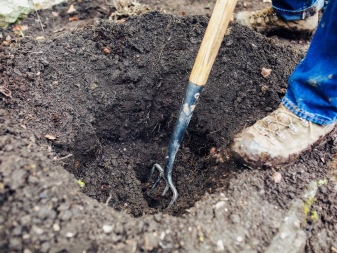
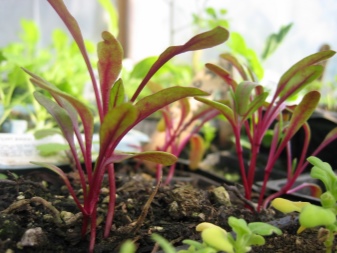
The planting site is of paramount importance for the further successful development of the plant. It should be noted that Swiss chard does not tolerate being close to its fellows: beets and spinach. The best neighbors for him are onions, beans, salads, early cabbage varieties. Feels great in places where carrots, cucumbers, potatoes, onions, tomatoes, cauliflower, green peas grew before it.The place should be sunny or slightly shaded, then the color of the leaves and petioles will be as saturated as possible
At a stable average daily temperature of 15 degrees Celsius, after 4 weeks, the seedlings can be transplanted to the beds. For a later autumn harvest, seeds are planted in open ground from July.
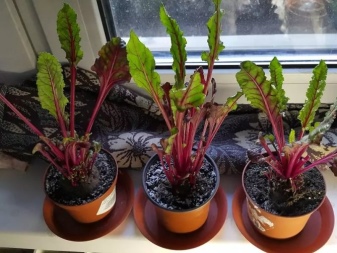
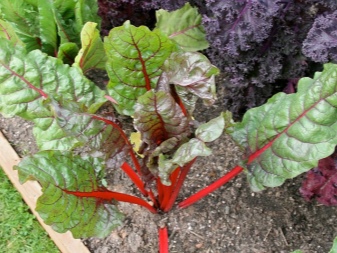
The harvest of "Belavinka" can be harvested in winter by growing the plant at home. To do this, after the growing season, use the roots of an adult plant, placing them in pots with soil. Being on a sunny windowsill, the plant will delight you with its greenery for a long time.
If you wish, you can also grow chard on the balcony. Balconies on the south and west sides are better suited for this. Drainage, soil must be placed in pots (at least 20 cm high), and the plant is planted in the usual way.
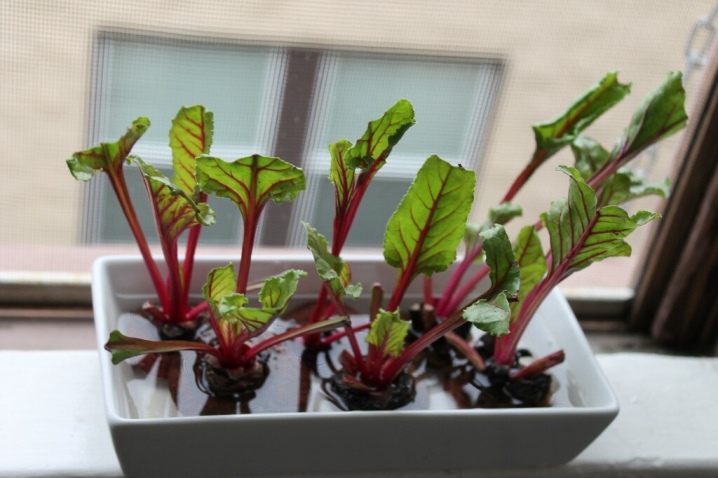
When using "Belavinka" for decorative purposes, sowing is carried out in a different way: seeds are planted in open ground not in rows, but up to 5 pieces in one hole.
Care
Growing chard is not very difficult and includes weeding and loosening row spacings, watering and feeding:
-
the appearance of weeds is reduced by timely mulching of the soil;
-
it is not recommended to use herbicides;
-
in dry weather, regular watering of the plant is required - drooping leaves signal the need for urgent watering;
-
with the development of arrows, it is required to remove peduncles;
-
for amateur cultivation, it is not recommended to apply fertilizers, since the foliage has the ability to accumulate nitrates.
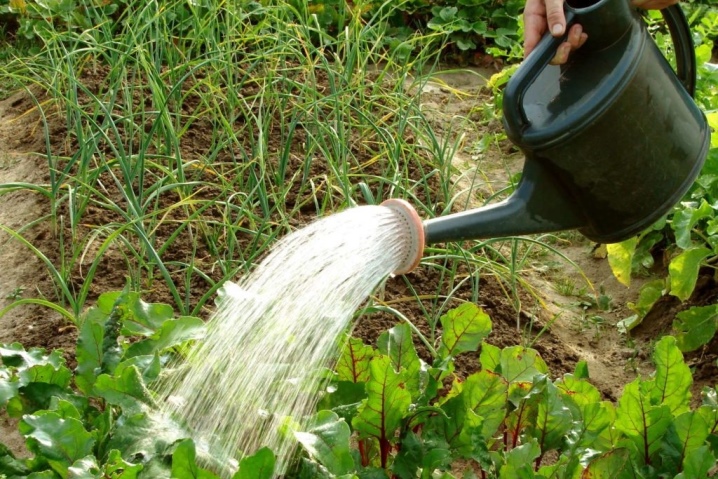
Diseases and pests
The plant has good resistance to many diseases. It is quite resistant to powdery mildew. Timely treatment with fungicides completely eliminates this disease.
Top dressing with potash fertilizers helps the plant to escape from the root-eater. The most dangerous for "Belavinka" is a slug that destroys a leaf plate. Experienced gardeners recommend planting basil in the neighborhood, which keeps the attack of these pests.

Chard greens to taste of snails, caterpillars, earthen flea beetles, beet aphids. They must be dealt with with chemicals that are safe for humans.
The variety is frost-hardy and does not release flower arrows even in cold weather.
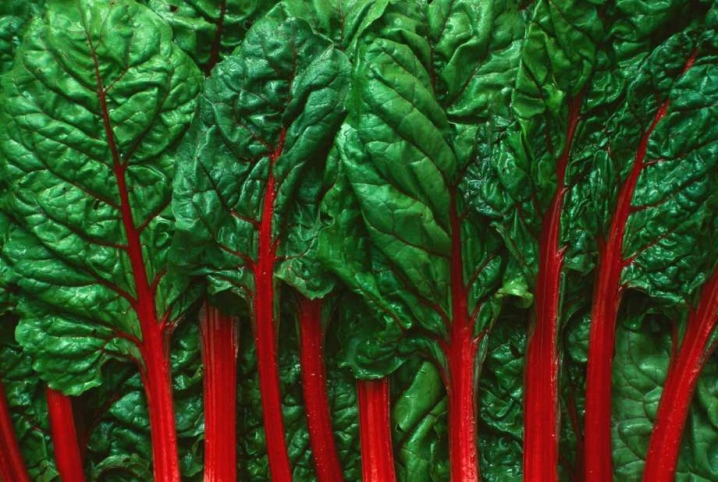
Productivity and harvesting
Approximately 80 days after the first shoots appear, Belavinka chard gives a rich harvest. The yield of this variety is very high: on average, up to 12 kg can be harvested per square meter.
At the first harvest, ripe, crispy leaves with juicy petioles are removed. In the future, the most beautiful adult specimens are systematically selected. Leaves with petioles are recommended not to be cut off with a knife, but by pulling slightly, tear off, twisting each one separately. Cutting with a knife causes excessive juice flow.
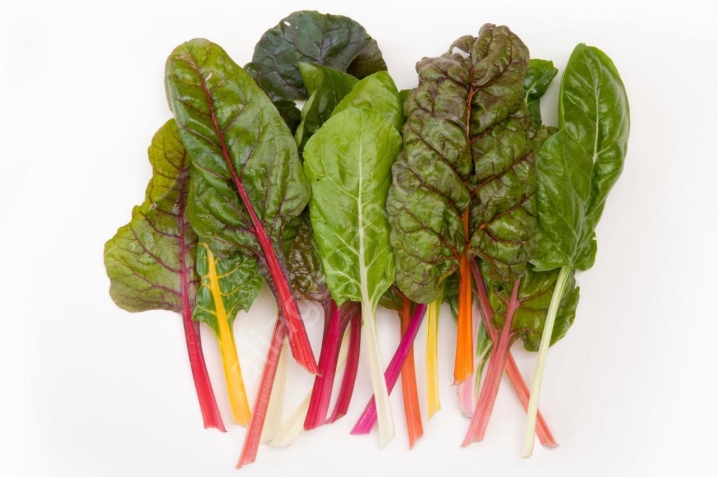
Late fall harvest from plants planted in July can last until late fall.
Greens are consumed fresh, or after heat treatment they are stored in the refrigerator for up to 5 days. It is used in the preparation of casseroles, sauces, soups, and numerous salads.
Very nice, tasty, healthy - and all this is about Belavinka Swiss chard.













The comment was sent successfully.